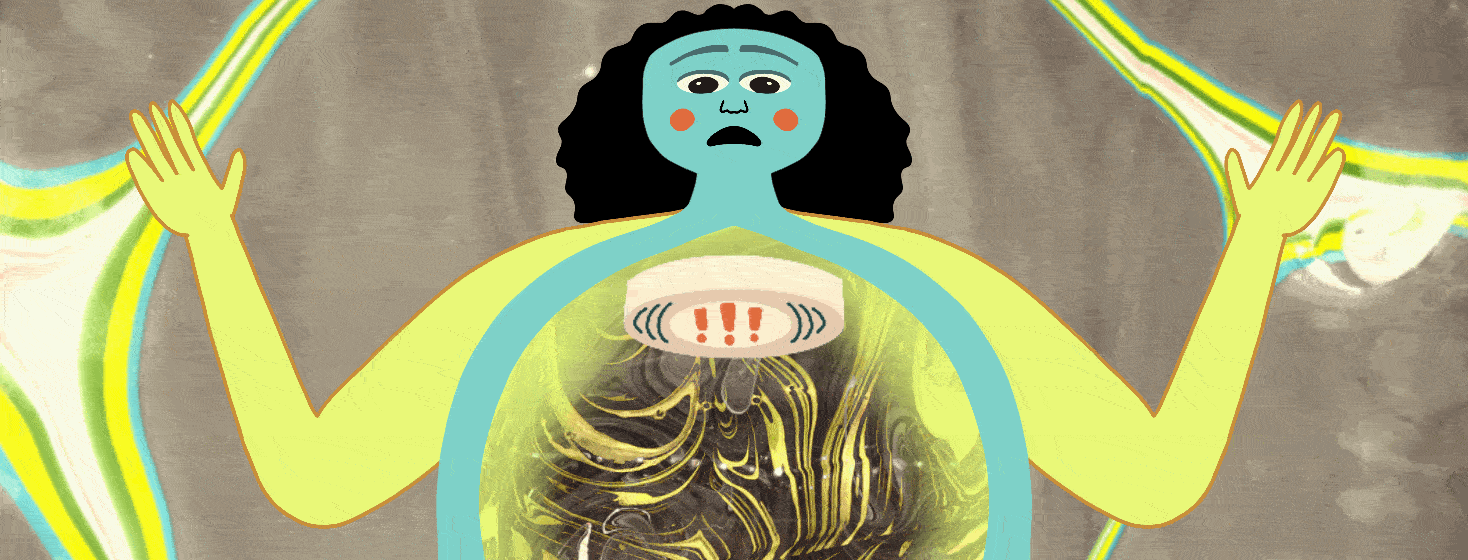Using a BiPap Machine
I had an opportunity to speak one-on-one with a respiratory therapist. Not my RT but someone who I have never spoken to, and she didn’t know me.
I was confused about my sleep patterns while using a BiPap machine. I don’t really have a problem using the machine itself. In fact, I love the way it always helps me. When I need to stop to catch my breath, my BiPap quickly aids my breathing and allows for better control of my heart rate.
Issues with my BiPap machine mask
Rather, my main problem is with the mask, and It is so tight that it leaves sores on my face.
My pressures are high; at least, that is what I was always told, and they must stay that way. I don’t intimately know what the BiPap does, but even if I wanted to, I can’t ever change the settings.
They can only be changed remotely by the doctor. This machine was designed that way, and the doctor can scan my reports to gather any evidence-based information that is necessary.
Using BiPap without a sleep study
Normally a sleep study would be the first step to being prescribed the use of a BiPap, but I’ve never had a sleep study. Doctors did several tests when I had my first sudden cardiac arrest (SCA).
At the time, the use of the machine was decided based on the results of an arterial blood gas (ABG). Everyone has probably had one or two ABGs in the past. It can be a painful test based on the experience of the person who is doing the blood draw and a million other factors.
The evidence dictated that I use a BiPap on a regular basis. The pressures were set based on the information they had.
My blood was filled with carbon dioxide because of poor lung function. Due to my cardiac events, no clinic has invited me to stay overnight for a sleep study.
Using my BiPap machine
Once I started using my BiPap, I loved it. Anytime I was feeling short of breath, or I needed a rest, in fact, anytime I go to my bedroom, the first thing I do is put my BiPap on.
When I first got it, the doctor said that I should always use it because this was saving my life. For over seven years, I have used it, and now I am told that a 1-afternoon nap could ruin it all and cause my carbon dioxide levels to increase in a matter of hours.
Living with hypercapnia
There is a name for this extreme increase in carbon dioxide. Hypercapnia happens to a lot of us that suffer from severe COPD.
There are many different symptoms, but for me, it was daytime sluggishness, headaches that were indescribable, and hands and feet tremors. One day I was so full of carbon dioxide that I could not get another breath in.
There was no more room in my lungs and no more oxygen for my heart. As my symptoms increased, I developed a high tolerance for the side effects. Not many could live through it and survive it.
Editor’s Note: We are extremely saddened to say that on January 7th, 2024, Barbara Moore passed away. Barbara’s advocacy efforts and writing continue to reach many. She will be deeply missed.

Join the conversation